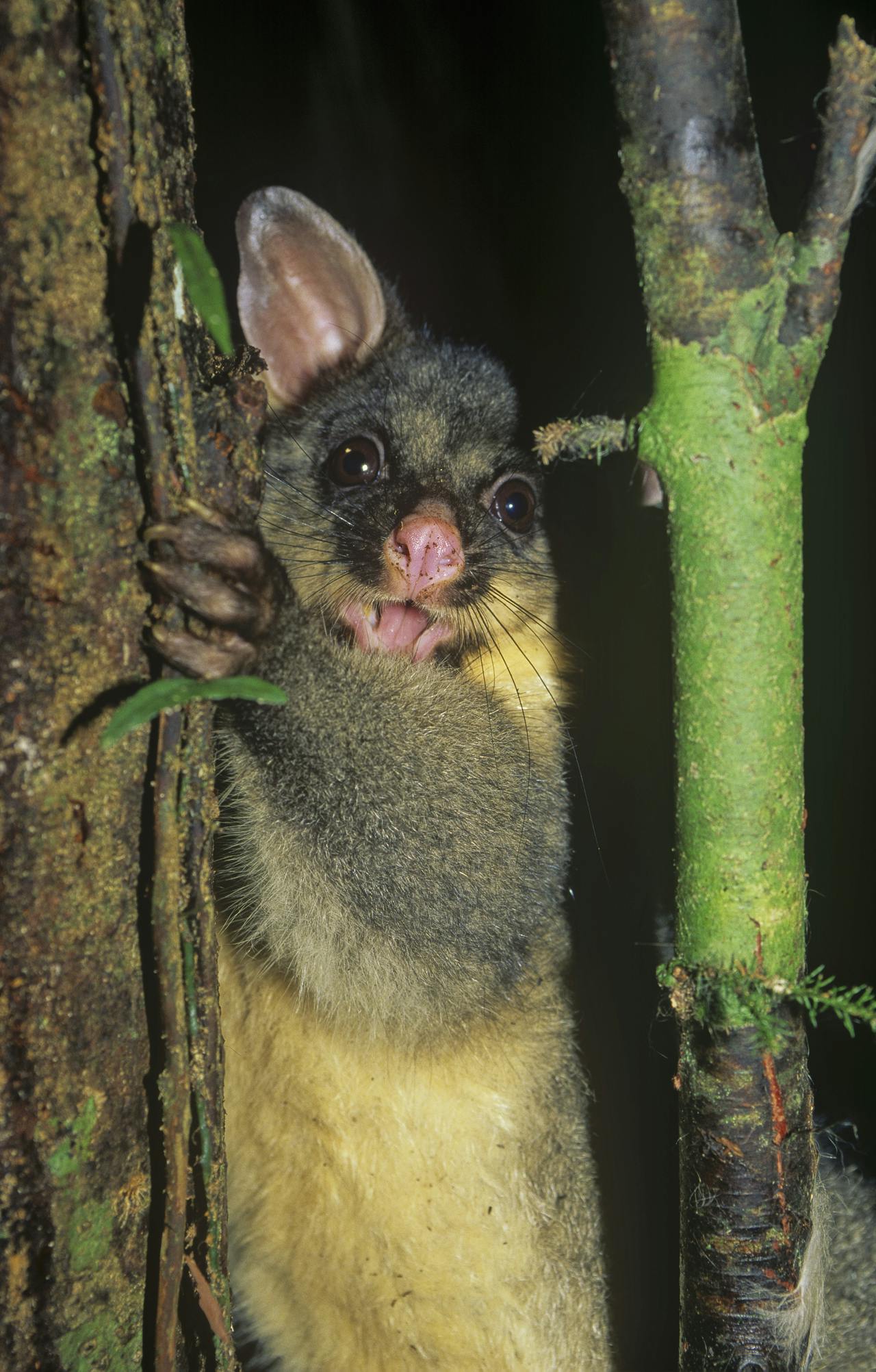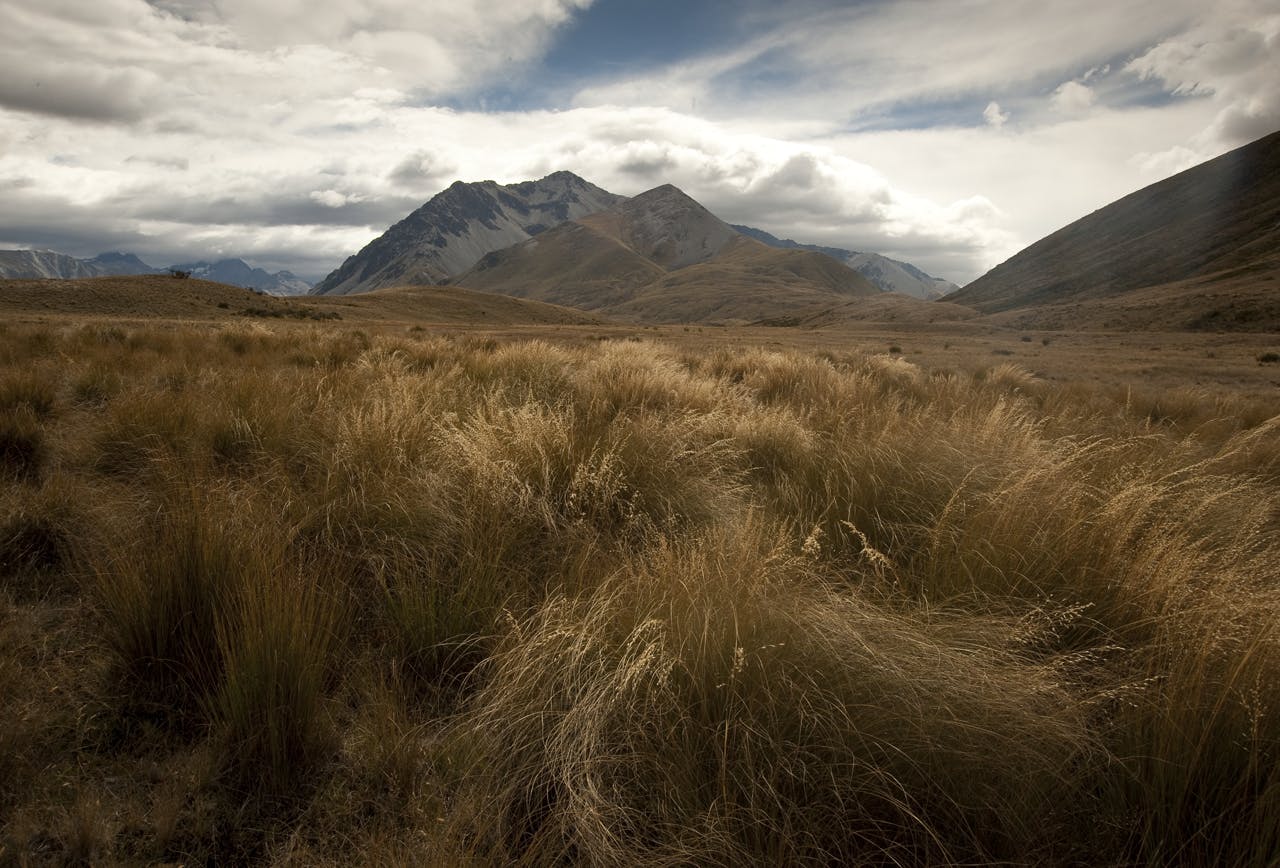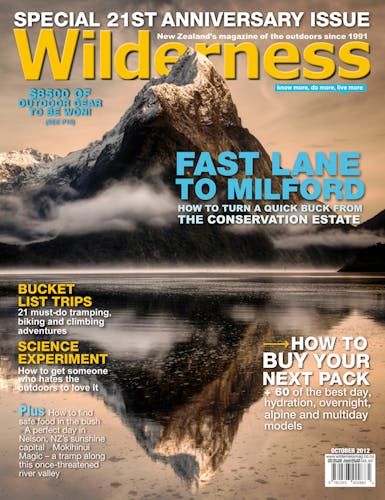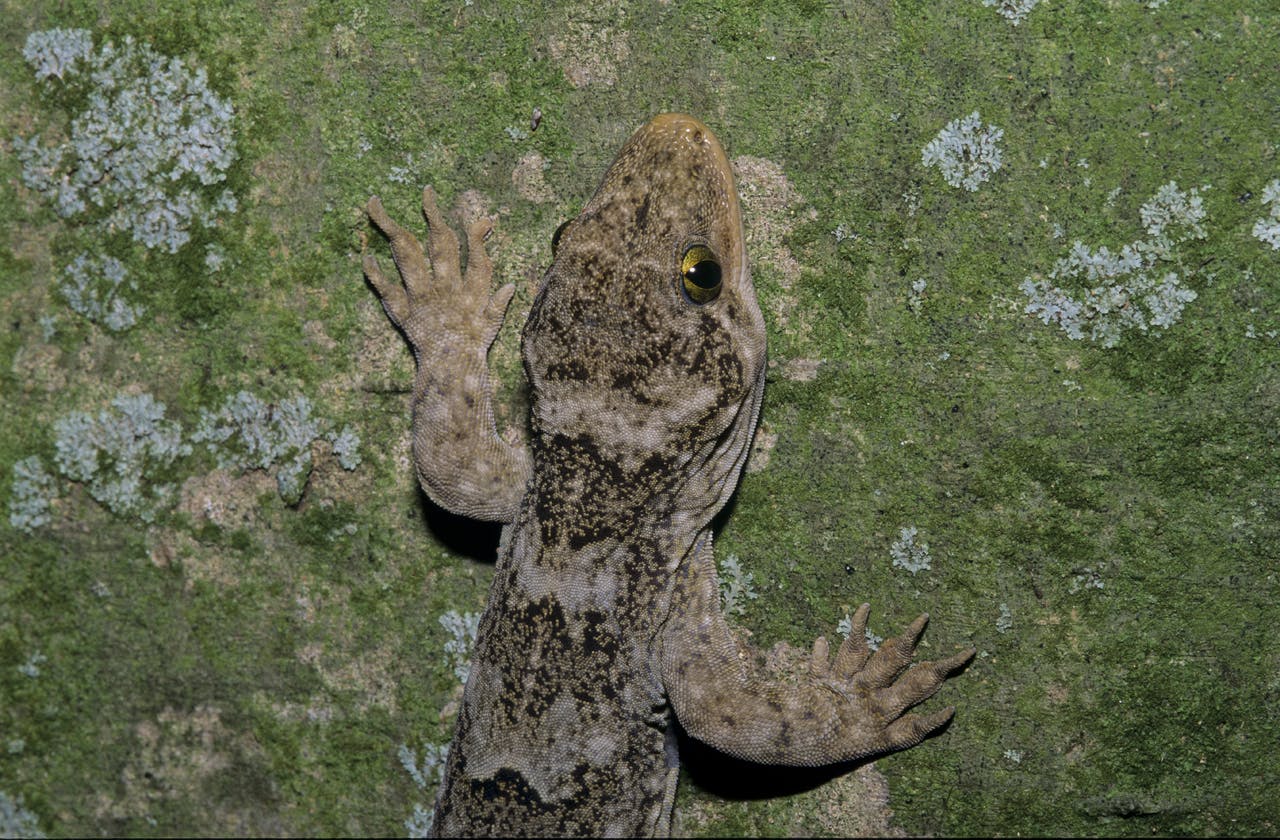Outdoor recreation is made more enjoyable by better access, more bird song and greater emphasis on conservation. Roving editor Shaun Barnett charts the important conservation milestones over the last few decades
In the 21 years since Wilderness magazine was first published, conservation in New Zealand has made great leaps forward, as well as faltering steps backward.
Great advances in pest control have seen major off-shore islands cleared of rats, mainland sanctuaries have been established, and now there is talk of a pest-free New Zealand. There are 10 new conservation parks in the South Island and two new national parks.
However, mining and hydro-dam proposals have reared their ugly heads again, the Department of Conservation is increasingly hampered by successive decades of under-funding, and new challenges exist with weeds and pests.
DOC forms
Undoubtedly the most significant conservation milestone of the last century occurred four years before Wilderness first hit the shelves, when in 1987 the Department of Conservation (DOC) was formed. DOC emerged as a phoenix from the ashes of the New Zealand Forest Service, the Wildlife Service and the Department of Lands and Survey. Prior to 1987, conservation management was spread across these three government agencies, which had differing (and sometimes conflicting) philosophies. DOC’s formation brought together management of all New Zealand’s conservation lands and native flora and fauna under one umbrella.
Over the summer of 1987–88, I was working as a temporary DOC ranger in Golden Bay. Based at Totaranui, I was one of several summer staff under the command of Bill Crump, then chief ranger at Abel Tasman National Park. An older brother of Barry Crump, Bill perhaps exemplified the no-nonsense, hands-on approach to rangering under Lands and Survey. The focus was on managing recreational facilities, rather than biodiversity. Staff saw the park as ‘their place’, with everyone else as ‘visitors’ or even ‘loopies’.
Crump didn’t suffer fools, and lack of experience counted for nought. He once asked me to check the camp water supply, a large tank at the top of a steep 4WD track. I protested: “Bill, I’ve never ridden a motorbike before!” He replied “Don’t let that worry you” and slapped me on the back as I bunny-hopped out of the garage. I had an uncontrolled ride up to the dam, and an even scarier one back down.
Living in a small community meant everyone had to get along. Crump made a clear distinction between work and play. He could be yelling at you for doing something wrong at 4:59pm, but at 5pm he would smile and say “Knock-off time” and invite you for a beer.
That summer I was cutting tracks at the historic Aorere goldfields, grubbing the Heaphy Track, wardening at Whariwharangi Hut, weeding at Pupu Springs, fighting a driftwood fire, visiting the bird sanctuary at Farewell Spit, cleaning dunnies, and patrolling beaches at Abel Tasman to enforce a fire ban. It was a cross-section of the Department’s activities, which must surely have the widest range of responsibilities of any in government.
The Great Walks
One of DOC’s first recreational milestones was the creation of the Great Walks in 1992. The Abel Tasman Coastal Track was one of nine chosen for upgrading to create high-quality, front-country experiences for both less experienced New Zealanders and overseas tourists. Others were the Milford, Kepler, Routeburn, Tongariro Northern Circuit, Lake Waikaremoana, Heaphy and Rakiura tracks – plus the Whanganui River as a kayak journey. Hut and track standards were raised, with facilities such as heating, gas cooking rings, internal water supplies, and sometimes even flush toilets.
Possum control
Around the same time, 1992–93, the National Government’s Dennis Marshall, then Minister of Conservation ramped up pest funding. By now a graduate, I found myself in Hamilton, working with a possum team formed with the new money. Possum-control operations expanded to include the most vulnerable podocarp-broadleaf forests in our patch, which included Mts Pirongia and Karioi, the Coromandel Range and several King Country forests.
This was part of a shift from managing rare birds and animals as single species to a more ecosystem-based approach, and involved setting priorities on a national rather than regional basis.
I found myself embroiled in the 1080 controversy, an issue still very much alive today. After four years on the job, I came away with a firm conviction that although poisons are never ideal, we are lucky to have something as targeted and effective as 1080.
Measuring effectiveness was a crucial aspect of possum control. Part of my job was monitoring forests using a Landcare Research canopy assessment method. I followed transects through dense bush, tagging vulnerable trees like kohekohe, kamahi and Northern rata, squinting into the canopy to rate the foliage density according to the Landcare chart. At other times, we photographed giant emergent rata from the air in order to monitor their condition. My boss, Keith Broome, had an iron stomach and could snap pictures while the helicopter spun in tight circles. I tried to keep my breakfast down while marking our position by map and GPS.
Possum monitoring proved no less brutal on the stomach. Before any 1080 operation, leg-hold trap lines were run through the bush. Dispatching the trapped animals with a blow to the head was a necessary evil and I found myself disgusted with all the killing. DOC was sometimes jokingly referred to as the Department of Killing. Unfortunately, if our most vulnerable native plants and animals are to survive, we must deal with pests in a sometimes brutal manner.
Happily, a Wellington company called Good Nature, in partnership with DOC, has made extraordinary advances in trap design with humane poison-free traps for possums, rats and stoats. These traps dramatically increase ground control efficiency, and also potentially offer a way of making New Zealand pest-free. Exciting stuff.

Possum, Moetoa Forest, King Country. Photo: Shaun Barnett
Rat-free islands
In 1997, I visited Middle Island, one of the Mercury Group off the coast of Coromandel. This tiny mound is one of very few islands never to have had any mammalian pests at all, and so offers a glimpse of ancient New Zealand. With 11 species, including tuatara and Duvaucel’s gecko, it’s a reptile paradise and is also home to the rare tusked weta, as well as four species of seabird. At dusk, the sky blackens with thousands of sea birds returning to land. For a mad hour or so, it literally rains birds. The noise and spectacle of all this wildlife was exhilarating, and made me wonder just what a chaotic menagerie the mainland must once have been.
Prior to the 1980s, rodent-eradication was considered near-impossible, but places like Middle spurred conservationists to try ridding more islands of rodents. A group of DOC scientists pioneered rat-eradication using bait stations and proved it was possible on a small-scale. Emboldened, they began dreaming big. Using helicopters to spread Brodifacoum (a delayed-reaction anti-coagulant poison) they successfully rid rats and mice from islands as large as Kapiti. In 2001, DOC’s most audacious project yet succeeded in ridding the massive 11,000ha subantarctic Campbell Island of rats. This conservation technology has since spread across the world.
Mainland islands
A sea-bound island offers the opportunity to eliminate pests once and for all. It’s not that easy on the mainland.
But, during the 1990s DOC began several ‘mainland islands’, including Boundary Stream (Hawke’s Bay), Hurunui (Canterbury), Revive Rotoiti (Nelson Lakes National Park) and another in Te Urewera National Park. They are an ongoing experiment, but funding cuts in recent years threaten their viability.
DOC staff undertake an amazing array of jobs. At Mimiwhangata in Northland, I had the privilege of working with people like James Fraser, a dog-training specialist, helping him put transmitters on brown teal, an endangered native duck. I also spent 10 days in Fiordand’s Murchison Mountains, helping radio-track takahe. To work in this rugged country, staff need to be experienced trampers, fully self-reliant, proficient with electronic equipment, and willing to spend long stints in the mountains.
Mainstreaming conservation
Although DOC undertakes most of the conservation work in New Zealand, and must remain as leaders, NGOs and local community groups have taken up the challenge too. From Kaitaia to Bluff, and beyond, dedicated individuals and groups have begun trapping pests, planting native trees and pulling weeds. Perhaps one of the most impressive efforts has been that of tramping clubs’ ‘Aborta contorta’ programme on Mt Ruapehu, which in conjunction with DOC has almost eliminated wilding pines from Tongariro National Park over the past 25 years. Also commendable are Fish and Game’s extensive efforts restoring wetlands, breeding wildfowl and ensuring access to rivers.
Zealandia, formerly the Karori Wildlife Sanctuary, was a bold community project to establish a predator-free haven for native species right in the heart of Wellington. Now 17 years old, the sanctuary has pioneered many firsts, including the first release of little spotted kiwi back onto the mainland. People in nearby suburbs often have kaka and saddleback in their gardens.
New parks
The same year that the first issue of Wilderness magazine emerged, I was on a 10-day Southern Alps tramp, and finished the trip by pass-hopping through the headwaters of the Ahuriri. Although the valley was Crown-owned land, we were in fact trespassing across a high-country leasehold station.
Historically, many eastern South Island high country tussocklands have suffered from heavy sheep grazing. These drier, high mountain areas east of the Main Divide were poorly represented in conservation lands and groups like Forest and Bird and Federated Mountains Clubs had long advocated for their return to full Crown-management. From the late 1990s, parks began to be created after leasehold land went through tenure review. Although tenure review was a far from perfect process, the creation of 10 new conservation parks, covering over 580,000ha must be viewed as a major conservation success. Others areas, like St James Station, were bought outright through the Nature Heritage Fund.
DOC now manages all these areas, ensuring public access.
Ahuriri is one of the newest conservation parks: a place of rippling tussocks, high scree mountains and blustery nor’ westers. The high country farming heritage of these areas has not been forgotten, either. For example, DOC has recently restored Hideaway Biv, an old corrugated-iron mustering hut built about 1890, which is accessible from the Ahuriri Valley.

Nor-wester rippling tussocks, Ahuriri Valley, Ahuriri Conservation Park, Canterbury
Preserving our heritage
The historic arm of DOC is perhaps the least funded and least recognized for its great work. With as little as one staff member (or less) per conservancy, they have an enormous workload encompassing historic mining relics, kauri milling dams, Maori pa sites, venerable huts, old whaling stations and lighthouses. DOC archaeologists and historians have been at the forefront of restoring many important sites like the Dancing Camp Kauri dam in Coromandel Forest Park, the stamper battery on Kirwans Track in Victoria Forest Park, and the Old Manson Hut in Kaweka Forest Park.
Sometimes there is a nice convergence of recreational and historic. For example, the restored lighthouse keeper’s cottage at Cape Brett is now a tramper’s hut. Likewise historic huts in Kahurangi National Park, including Asbestos Cottage, Riordan’s Hut and Waingaro Forks. Restoration of the latter involved DOC staff, like John Taylor, learning old skills, including hand-adzing timber to retain the structure’s authenticity.
The future
It’s important to remember the past, because it provides us with a view of the future. I’ve long thought that the amount of mining remnants from historic gold-rushes shows how little the mining industry cleans up after itself.
This is relevant to recent debates over reopening the conservation estate to mining. Lands protected under Schedule 4 of the Mining Act include all national parks, and a significant number of other reserves, but a recent suggestion to allow mining in these areas sparked protest – culminating in a 2010 demonstration in Auckland involving upwards of 30,000 people.
Threats to wild lakes and rivers are hardly new: the Save Manapouri campaign of the 1970s saw hundreds of thousands of New Zealanders protest at the idea of raising the level of Lake Manapouri. Many also rallied against dam proposals for the Motu River in the Raukumara Range, and in the 1980s its waters became the first to be protected under new ‘Wild Rivers’ legislation.
Fast-forward to now, and we face a whole raft of new dam proposals, the most recent of which threatened the Mokihinui Valley, with inundation. That battle was won, at the cost of enormous effort by NGOs and DOC. But there are worrying signs that DOC is now rubber-stamping inappropriate proposals like the Milford-Dart tunnel and the Snowdon Forest monorail. These are signals that DOC is not only being sidetracked from its core philosophy, but gagged from actually defending the conservation estate and even abandoning explicit provisions in its own management plans.
There is undoubted merit in broadening the aims of conservation to include the whole community, businesses too, where communal objectives merge symbiotically. However, the recent DOC slogan ‘conservation for prosperity’ seems to be more about business and less about conservation. The public must demand that the Department is given the funding and the teeth for its core jobs: maintaining biodiversity and fostering outdoor recreation.
Bernie Napp summed up the challenge ahead for DOC in his online history: ‘Where DOC is doing the work, it is doing well, reviews have found, but there are many areas where the work is not being done, often for reasons beyond DOC’s control, and overall, New Zealand’s native species biodiversity continues to decline. The kiwi for example is managed in only 5 per cent of its range and in much of the remaining area is in decline.’
However, hope remains. Advances in pest control may see the real possibility of a pest-free New Zealand; we have a fantastic range of great huts and tracks; and some fascinating historic sites tastefully restored – many of them in new parks.
No doubt Wilderness magazine will chart future conservation milestones over the next 21 years.








